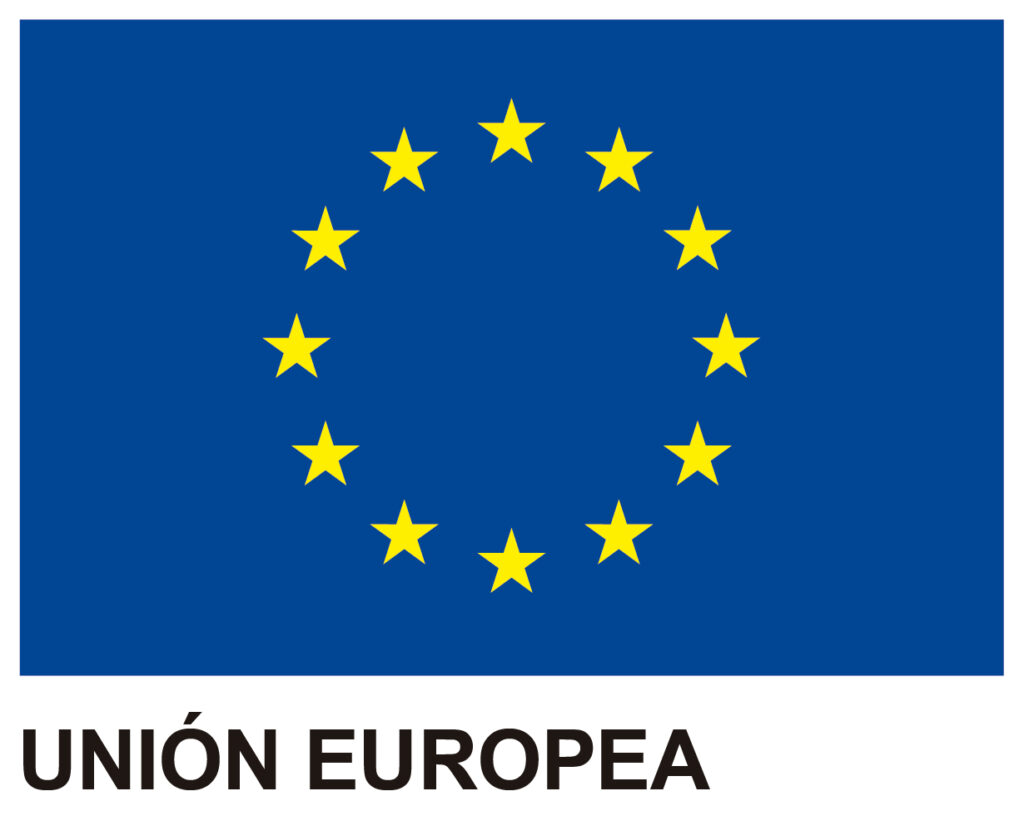The MiCA (Markets in Crypto-Assets) Regulation, officially
Regulation (EU) 2023/1114
, is the European standard that establishes a single legal framework for crypto-assets.
Its objective is to guarantee legal certainty, protect investors and promote innovation in the digital financial sector.
With its entry into force, the European Union becomes the first region in the world to have a comprehensive legal framework for crypto-asset markets, establishing common standards in transparency, governance and control.
Main Objectives of the MiCA Regulation
MiCA seeks to create a safe and transparent environment. Its main pillars are:
-
Legal certainty: Unifies the rules in all Member States.
-
Investor protection: Requires issuers to clearly report the risks of each asset.
-
Prevention of fraud and money laundering: Imposes stricter AML/KYC controls.
-
Stability of the financial market: Establishes limits and supervision for large issuers and providers.
-
Boost responsible innovation: Creates homogeneous conditions that allow to compete and grow with confidence.
What Types of Crypto-Assets Does MiCA Regulate?
The Regulation differentiates three main categories:
-
Electronic money tokens (EMTs) – crypto-assets linked 1:1 to a fiat currency, such as the euro or the dollar.
-
Asset-referenced tokens (ARTs) – tokens backed by baskets of assets or raw materials.
-
Other crypto-assets – includes utility tokens or unsupported cryptocurrencies, such as Bitcoin or Ethereum.
Excluded:
-
Financial instruments already covered by MiFID II.
-
Unique non-fungible tokens (NFTs).
-
Digital currencies issued by central banks.
-
Limited use tokens (points programs or closed environments).
Obligations for Issuers and Crypto Service Providers
For Crypto-Asset Issuers
-
Incorporate as a registered legal entity.
-
Publish a whitepaper with complete and verifiable information.
-
Meet solvency requirements and custody policies.
-
Guarantee refund rights and user protection mechanisms.
-
Establish cybersecurity policies and operational continuity.
For Service Providers (CASPs)
-
Obtain a license or authorization to operate in the EU.
-
Comply with minimum capital and internal governance standards.
-
Separate client and company funds.
-
Implement AML/KYC and risk management controls.
-
Provide transparency in fees and operations.
Entities authorized in one country may offer services throughout the EU through the “European passport”, which reinforces their competitiveness and credibility.
MiCA Application Schedule
| Date | Milestone | Detail |
|---|---|---|
| June 2023 | Publication in the OJEU | Entry into force of the regulation. |
| June 2024 | Phase 1 | Application for stablecoins (EMTs and ARTs). |
| December 2024 | Phase 2 | Full application for all providers and issuers. |
| Until 2025–2026 | Transition | Adaptation period for entities already registered. |
In Spain, companies must have a MiCA license before December 30, 2025.
Impact of MiCA by Type of Public
For Investors and Users
-
More confidence and transparency in the investment.
-
Refund rights in the event of non-compliance.
-
Access to standardized and verifiable information.
For Startups and Issuers
-
Need to structure its legal and financial model.
-
Opportunity to scale operations thanks to the European passport.
-
Higher initial costs, but long-term regulatory benefits.
For Exchanges and Fintech
-
Require MiCA license and new internal controls.
-
Implementation of advanced AML/KYC protocols.
-
Reinforcement of cybersecurity and business continuity.
For Compliance Professionals
-
Expansion of regulatory consulting opportunities.
-
Greater need for centralized compliance management systems.
How to Prepare to Comply with MiCA
-
Perform a regulatory diagnosis (gap analysis).
Evaluate the distance between the current situation and the requirements of MiCA. -
Define compliance roles and responsibilities.
-
Develop the whitepaper under regulatory standards.
-
Implement internal control and corporate governance policies.
-
Strengthen cybersecurity and operational continuity.
-
Establish reporting and auditing mechanisms.
-
Train teams in regulations and good practices.
How GlobalSuite® Facilitates Adaptation to MiCA
From
Our
Key Advantages of GlobalSuite® against MiCA
-
Centralized management of regulatory requirements: Configure the articles and obligations of MiCA within the system.
-
Complete document control: Versioning, approval and traceability of whitepapers, reports and policies.
-
Compliance workflows: Automate audit tasks, reviews and alerts.
-
Dashboard and compliance indicators: Visualize the degree of maturity and regulatory progress.
-
Risk and security module: Manages operational risks, cybersecurity and continuity plans.
-
Regulatory alerts and updates: Stay up to date with new ESMA or EBA guidelines.
In addition, our team of experts accompanies the process with specialized services, ensuring that your organization complies with MiCA and other regulations such as
DORA
,
NIS2
or
ISO 27001
.
Conclusion
The MiCA Regulation marks the beginning of a new era for the crypto sector in Europe.
Beyond being a legal obligation, it represents an opportunity to professionalize and consolidate the market under standards of trust, transparency and security.
With GlobalSuite Solutions, your company can transform this challenge into a competitive advantage.
We help you integrate MiCA into your compliance system, automate controls, reduce risks and ensure complete traceability in the event of any audit.
👉 Discover how our technology can help you comply with MiCA and strengthen your compliance strategy:
Request a demo



